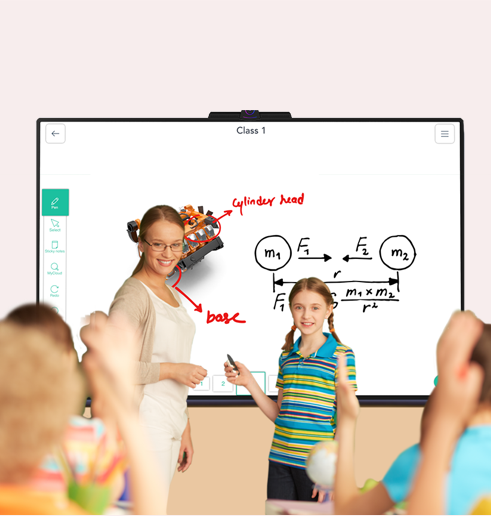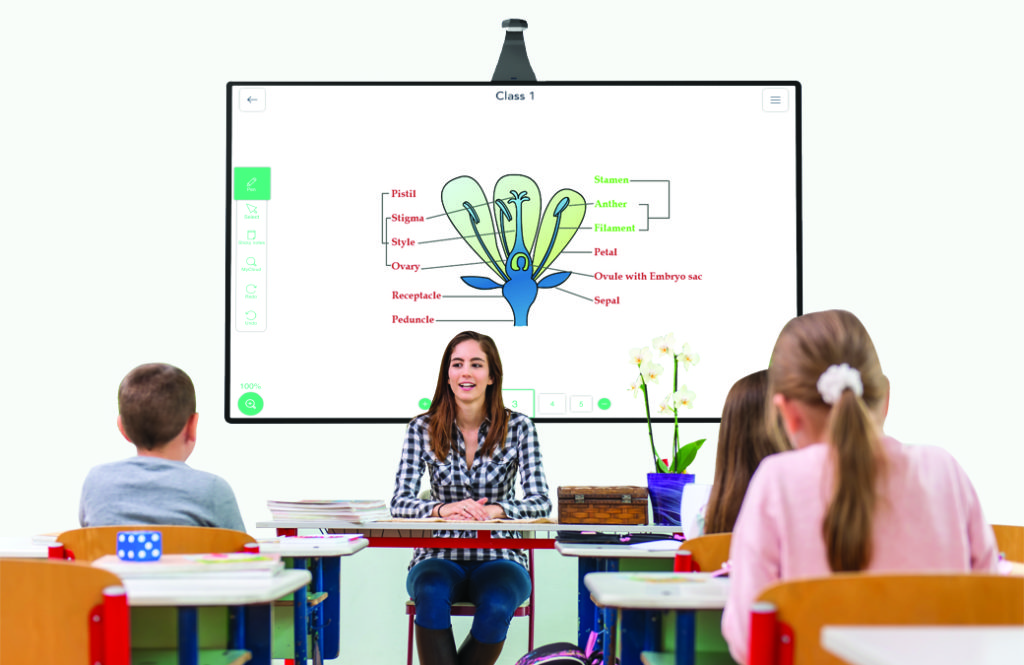
Lately, there’s been a lot of buzz around how Artificial Intelligence (AI) could affect the human race and what could it all lead to in the future. While Jeff Bezos and Elon Musk are strong contenders of AI and believe that AI is an opportunity for growth and major improvement, others worry that there may be too many repercussions. The debate takes center stage when it comes to AI in education, especially when it is finding its way into the classroom.
According to a recent market research report, it is estimated that AI in education market may increase by a whopping 43% from 2018 to 2022.
But it also poses some controversial questions, such as:
- Could AI replace teachers?
- How can AI help in the classroom? And
- How well will students get accustomed to this new form of learning?
There are many who fear that AI-powered robots or virtual teachers will very soon entirely replace human teachers. So, are there any grounds for that? Let’s find out!
Is AI here to replace human teachers or is it a teacher’s assistant?
It’s highly unlikely that AI will ever be able to replace teachers, though it has already found its way into the classroom as Teaching Assistant. This way teachers will be relieved to do much more meaningful tasks. The current AI setup does have the potential to relieve teachers of some tedious and time-consuming tasks like grading paper, analyzing student engagement and classroom behaviour. Rather than making obsolete, AI will empower teachers to help students the way they’ve always wanted to.
In the current setup, teachers are often dumped with too many tasks, which is a difficult feat to achieve on a regular basis. A good teacher is expected to handle up to 30 students within a classroom, sometime even more – taking them through lessons, monitoring classroom behaviour and academic performance, grade homework, prepare lessons plans and the list goes on! It can get challenging and overwhelming for one person to handle so many things. However, the introduction of AI in the classroom as teaching assistants is on the way to transform teaching and learning as we know it today.
What can an AI teaching assistant do in the classroom?
There are a plenty of advantages of AI in education. An AI teaching assistant can help teachers tailor lessons according to an individual student’s needs. AI teaching assistants can gather data individual student’s learning progress and based on the data, it is able to provide predictions of student’s success or failure, identify gaps in learning, highlight strengths and weaknesses and suggest where extra support would be of required.
eins.ai provides a holistic AI-based learning solution that is designed to operate via a smart interactive display in collaboration with a human teacher. At its core, it’s essentially a teacher-focused AI assistant. It features facial recognition to detect which students are in attendance for a given session, marks grades, develop learning curriculum and arrange custom exercises for individual students.
As educational AI progresses and becomes more sophisticated, it’s essential to include teachers in the process. In an ideal world, teachers and AI will create an immersive learning experience for students, together.





About The Author: Sindhya Ravikumar
More posts by Sindhya Ravikumar